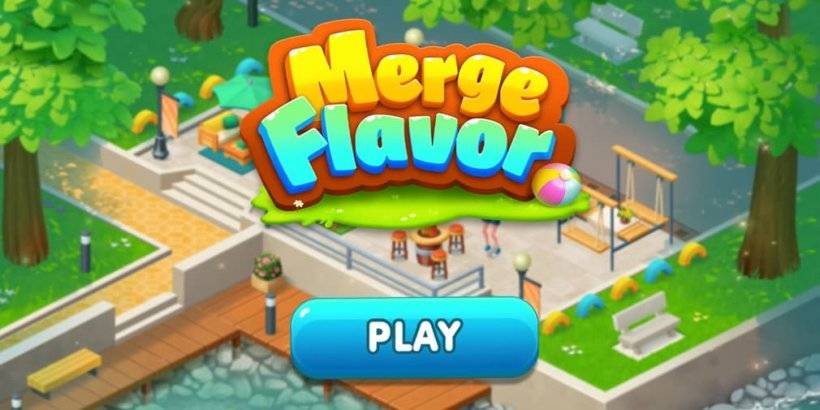17 Year Old Spends $25,000 on Monopoly GO
- By Savannah
- Jan 05,2025

Monopoly GO's Microtransaction Problem: A $25,000 Case Study
A recent incident highlights the significant financial risks associated with in-app purchases in mobile games. A 17-year-old reportedly spent a staggering $25,000 on Monopoly GO, a free-to-play game, showcasing the potential for uncontrolled spending through microtransactions. This isn't an isolated case; reports of users spending thousands of dollars on the game are surfacing, raising concerns about the game's monetization strategy.
One Reddit user detailed their stepdaughter's $25,000 expenditure, resulting from 368 individual in-app purchases. The user sought advice on obtaining a refund, but comments suggest the game's terms of service likely hold the user responsible for all transactions, regardless of intent. This situation underscores the difficulties users often face in recovering funds from accidental in-app purchases.
The controversy surrounding in-game microtransactions is ongoing. Monopoly GO is not the first game to face criticism; similar lawsuits against companies like Take-Two Interactive (over NBA 2K's microtransactions) demonstrate the widespread nature of this issue. While this specific Monopoly GO case may not reach litigation, it contributes to the growing body of evidence highlighting consumer frustration with aggressive microtransaction models.
The profitability of microtransactions is undeniable. Games like Diablo 4 have generated over $150 million in revenue through this method. However, the ease with which players can make small, incremental purchases often leads to significantly higher overall spending than initially intended. This "drip-feed" approach can be deceptive, and many gamers find it ethically questionable.
This cautionary tale serves as a reminder of the potential for excessive spending in free-to-play games employing microtransaction systems. Users should exercise caution and implement spending limits to avoid similar financial pitfalls.
Latest News
more >-

-

- Red Dead 2, GTA 5 Sales Stay Strong
- Dec 21,2025
-

-
-




